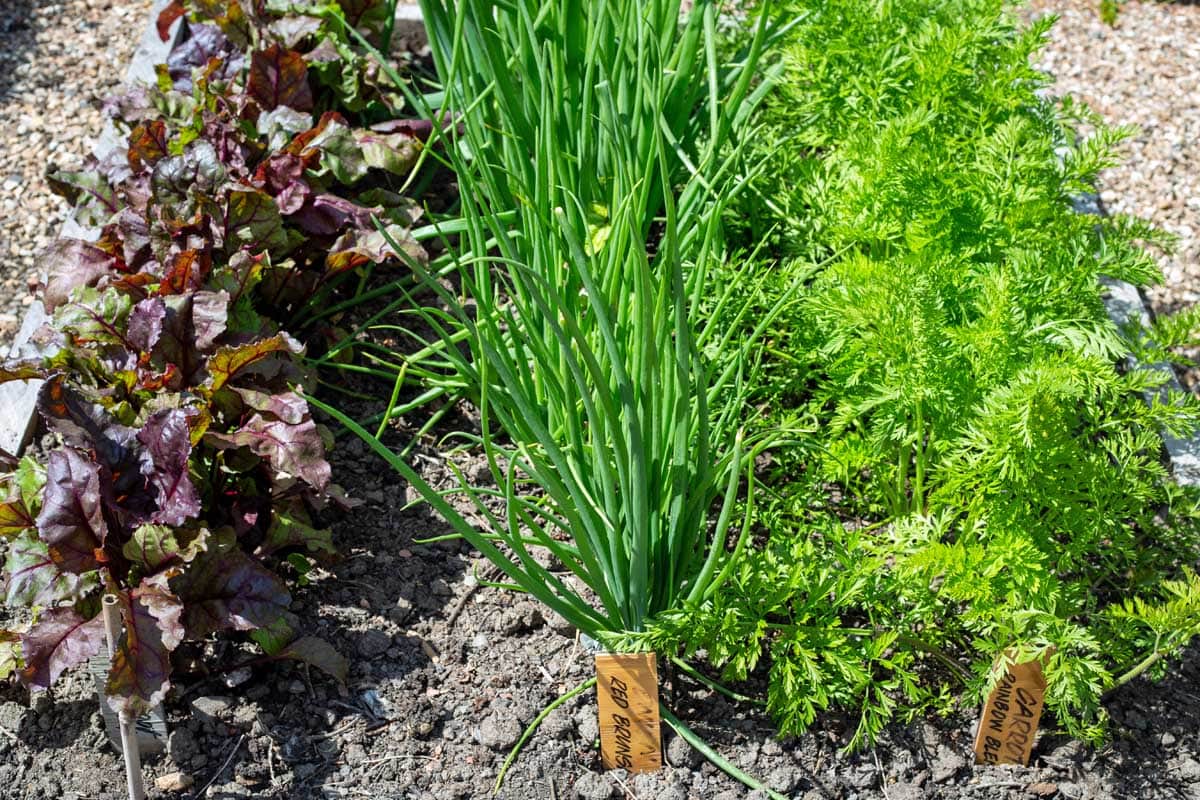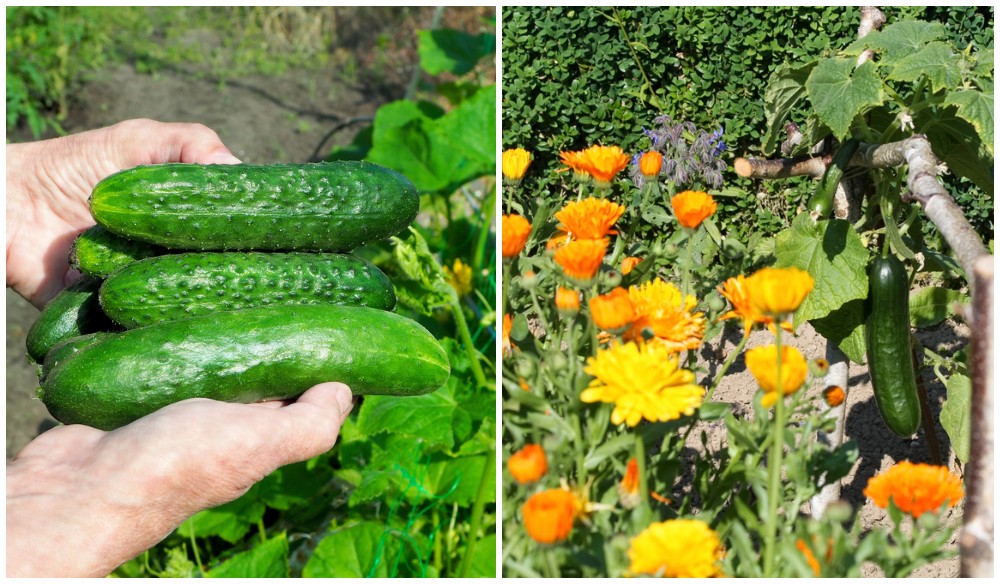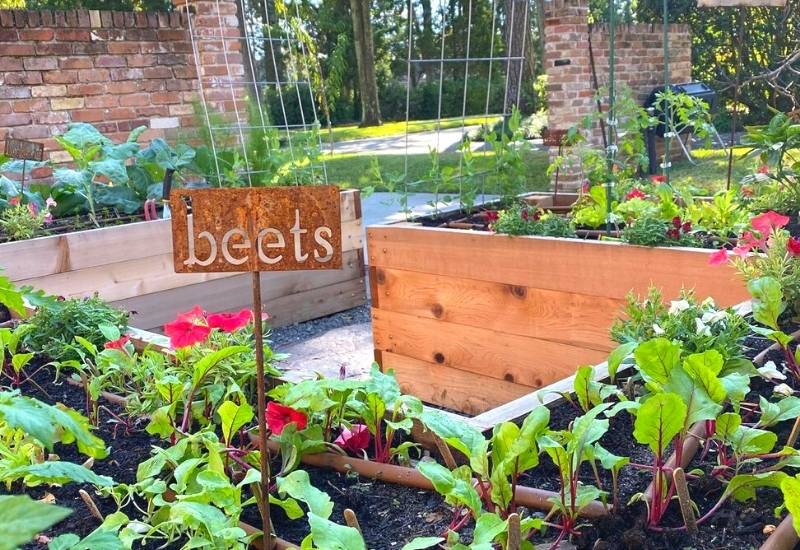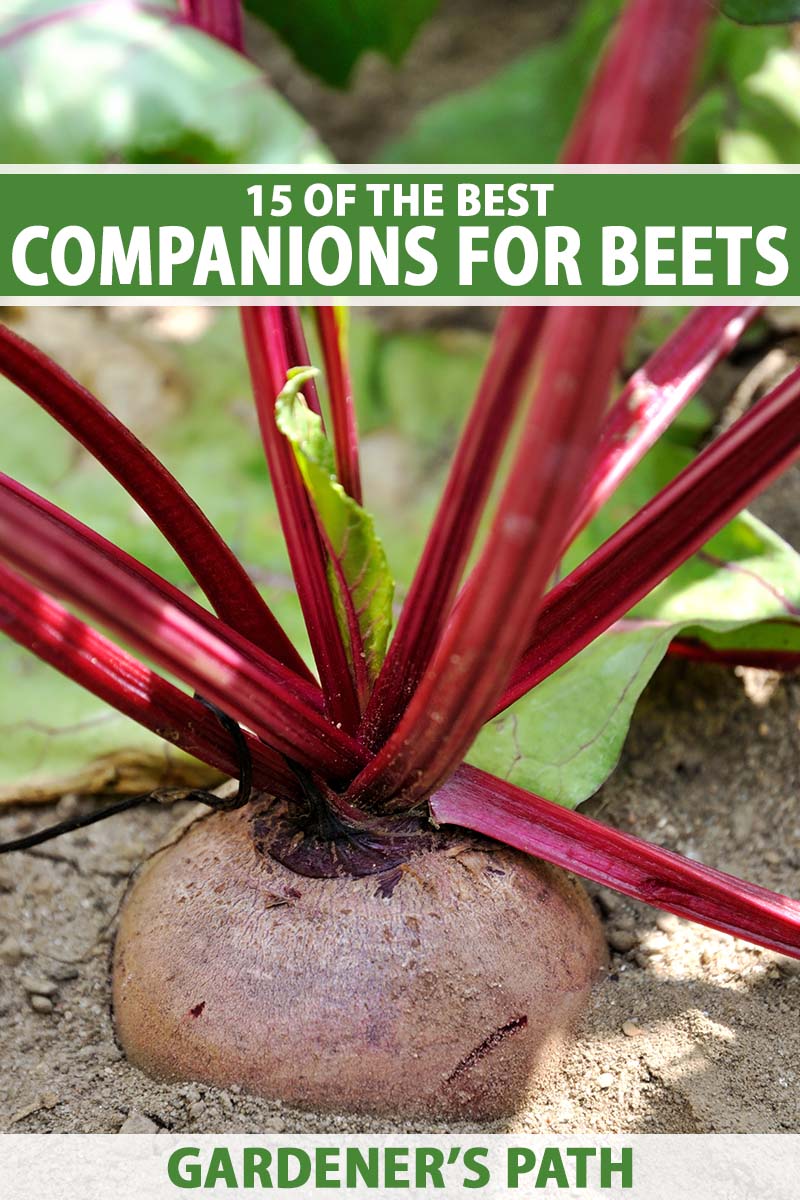Beet The Pests And Grow Bigger Beets With Companion Planting
Beet the Pests and Grow Bigger Beets with Companion Planting
Beets are a delicious and nutritious root vegetable that is easy to grow. However, they can be susceptible to pests and diseases. Companion planting is a great way to deter pests and diseases, and it can also help your beets grow bigger and healthier.
In this blog post, we will discuss the benefits of companion planting for beets, and we will recommend some of the best companion plants for beets. We will also provide some tips on how to plant and care for beets with companion plants.
Benefits of Companion Planting for Beets
There are many benefits to companion planting for beets. Some of the benefits include:
- Deterrent to pests and diseases. Companion plants can help to deter pests and diseases that target beets. For example, onions and garlic can repel aphids, while nasturtiums can attract ladybugs, which are a natural predator of aphids.
- Improved soil quality. Companion plants can help to improve the soil quality around beets, which can lead to healthier and more productive plants. For example, legumes, such as peas and beans, can fix nitrogen in the soil, which is a nutrient that beets need.
- Attraction of beneficial insects. Some companion plants attract beneficial insects, such as ladybugs and lacewings. These insects help to control pests that can damage beets.
- Increased biodiversity. Companion planting can help to increase the biodiversity of your garden, which can make your garden more resilient to pests and diseases.
Best Companion Plants for Beets
There are many different companion plants that can be grown with beets. Some of the best companion plants for beets include:
- Onions and garlic: Onions and garlic have a strong scent that can repel pests, such as aphids and flea beetles.
- Carrots: Carrots and beets can be planted together because they have different root systems. Carrots have a taproot, while beets have a spreading root system. This means that the two plants will not compete for resources.
- Lettuce: Lettuce is a good companion plant for beets because it can help to suppress weeds. Lettuce also has a shallow root system, so it will not compete with beets for water and nutrients.
- Radishes: Radishes are a fast-growing crop that can be planted between beets. Radishes help to break up the soil and improve drainage, which can benefit beets.
- Herbs: Aromatic herbs, such as thyme, rosemary, and mint, can help to deter pests and diseases. They can also add flavor to beets when they are cooked.
Tips for Planting and Caring for Beets with Companion Plants
When planting beets with companion plants, there are a few things to keep in mind:
- Plant the companion plants in a staggered pattern. This will help to prevent the companion plants from competing with each other for resources.
- Water the plants regularly. Beets and their companion plants need consistent moisture to grow well.
- Fertilize the plants regularly. Beets and their companion plants benefit from a balanced fertilizer.
- Mulch around the plants. Mulch helps to suppress weeds and retain moisture.
Conclusion
Companion planting is a great way to deter pests and diseases, improve soil quality, and attract beneficial insects. By planting beets with the right companion plants, you can help your beets grow bigger and healthier.
Beets are a delicious and nutritious root vegetable that is easy to grow. But did you know that there are certain plants that can help your beets grow even better? That's right, companion planting is a great way to improve the health and productivity of your garden.
Some of the best companion plants for beets include:
- Onions: Onions help to repel pests that can damage beets, such as aphids and flea beetles.
- Brassicas: Brassicas, such as broccoli, cabbage, and Brussels sprouts, help to improve the flavor of beets.
- Lettuce: Lettuce helps to suppress weeds and retain moisture in the soil.
- Herbs: Herbs, such as mint, thyme, and rosemary, help to repel pests and improve the flavor of beets.
If you're interested in learning more about companion planting for beets, I recommend visiting Garden Wiki. This website has a wealth of information on the topic, including a list of the best companion plants for beets, as well as tips on how to plant and care for them.
FAQ of companion plants to beets
Question 1: What are the best companion plants for beets?
Answer: The best companion plants for beets are those that help to deter pests, improve the soil, or provide other benefits. Some of the best companion plants for beets include:
- Alliums: Onions, garlic, chives, and leeks all help to deter pests that can damage beets, such as aphids and flea beetles.
- Brassicas: Broccoli, cabbage, Brussels sprouts, and other members of the brassica family help to improve the soil by fixing nitrogen.
- Lettuce: Lettuce helps to suppress weeds and shade the soil, which can help to keep beet roots cool and prevent them from bolting.
- Radishes: Radishes mature more quickly than beets, so they can be planted as a trap crop to attract pests away from the beets.
- Strong-scented herbs: Herbs with strong scents, such as mint, rosemary, and thyme, can help to deter pests and attract beneficial insects.
Question 2: What plants should I avoid planting near beets?
Answer: There are a few plants that you should avoid planting near beets, as they can compete for resources or attract pests. These plants include:
- Pole beans: Pole beans can shade out beet plants and prevent them from getting enough sunlight.
- Field mustard: Field mustard can compete with beets for nutrients and water.
- Charlock (wild mustard): Charlock is a weed that can be difficult to control and can damage beet plants.
Question 3: What is the best time to plant beets with companion plants?
Answer: Beets can be planted with companion plants in early spring or late summer. When planting beets with companion plants, it is important to consider the mature size of the plants. For example, you would not want to plant beets next to tall plants that would shade them out.
Question 4: How do I space beets and companion plants?
Answer: The spacing requirements for beets and companion plants will vary depending on the specific plants involved. However, as a general rule, you should space beets about 2-3 inches apart and companion plants about 1-2 feet apart.
Question 5: How do I care for beets and companion plants?
Answer: Beets and companion plants require regular watering, especially during hot weather. You should also fertilize beets once a month with a balanced fertilizer. Companion plants do not typically require as much fertilizer as beets.
Image of companion plants to beets
- Carrots: Carrots and beets are both root vegetables that benefit from being planted together. Carrots help to deter pests from beets, and beets help to improve the flavor of carrots.

- Cucumbers: Cucumbers and beets are both heavy feeders, so they can help to improve the nutrient content of each other's soil. Cucumbers also help to shade the beets, which can help to protect them from the sun.

- Lettuce: Lettuce and beets are both cool-season vegetables that can be planted together. Lettuce helps to suppress weeds, and beets help to deter pests from lettuce.

- Onions: Onions and beets are both members of the Allium family, so they benefit from being planted together. They help to repel each other's pests and diseases.
- Spinach: Spinach and beets are both leafy greens that can be planted together. Spinach helps to improve the drainage of the soil, which can benefit beets.

Post a Comment for "Beet The Pests And Grow Bigger Beets With Companion Planting"